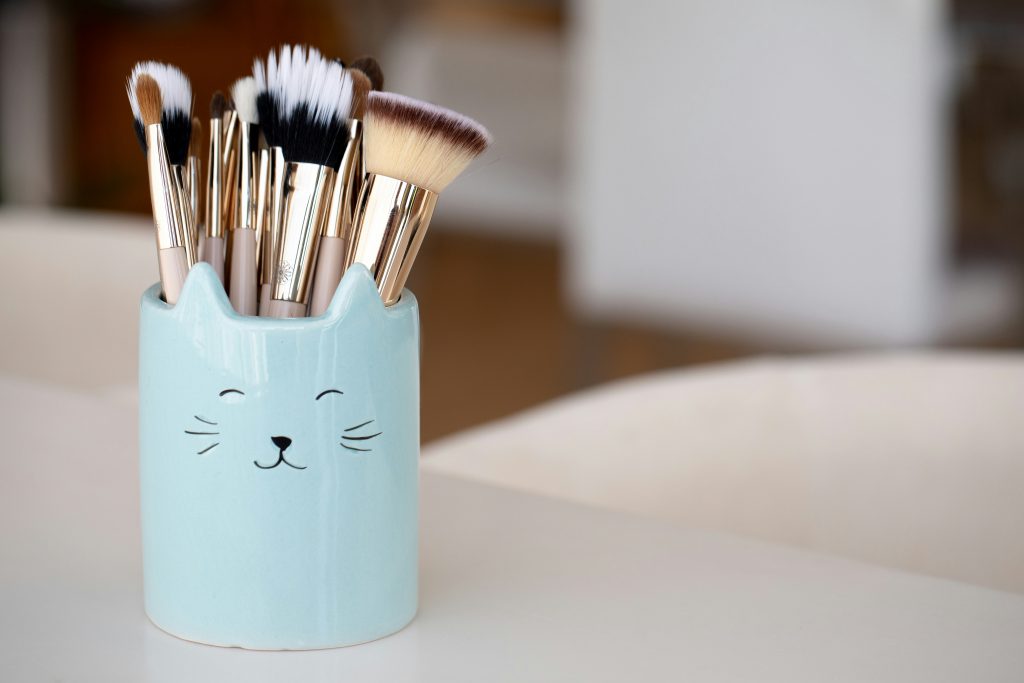No one would ever think of rubbing their clean face on a public, or even private, toilet seat. However, a recent study by Suhail Alam, MD, at the Aventus Clinic has found that our makeup brushes contain more bacteria than, you guessed it, a toilet seat. Please take a moment to gag, barf or scream (I did).
And, if that wasn’t worrisome enough, The American Academy of Dermatology Association (AAD) adds that the continued use of dirty makeup brushes can cause infections such as E. coli, staph or fungal.
The Aventus Clinic notes that “with daily use, the brushes will automatically start collecting dirt, pollutants, oil and dead skin cells, which is why makeup brushes act as a breeding ground for bacteria which can lead to breakouts and skin irritations.”
So, out of all the makeup brushes we use, which were deemed the dirtiest? Inquiring minds most certainly want to know! The study tested some of the most popularly used makeup brushes. According to Dr. Alam, “we swabbed the most common brushes found in a makeup bag to test for aerobic bacteria, yeast and mold. The swabs were then incubated and tested to find the number of colony-forming units per cm2, revealing the worst makeup brushes for high levels of viable bacteria and fungal cells.”
The top 5 winners for being the dirtiest are as follows:
1. Eyeshadow Brush
3. Lip Gloss
4. Eyelash Curler
5. Beauty BlenderWhile clogged pores and acne can be a result of using dirty makeup brushes daily, one should also be concerned with E.coli, eye infections, a breakdown of collagen production, cellulitis of the eye, ingrown hairs and more, according to the study.So, are we just to throw out our makeup brushes after each use? While that may be our first instinct, it isn’t a very good financially and sustainable option. And, as noted above, even after one use, our clean makeup brushes will begin to start the cycle all over again. What are we do?
First, never share your makeup brushes with anyone, even those you think are sparkly clean! The AAD also recommends
Here is the AAD’s recipe for Clean Brushes!
- Rinse the tips of your brushes under lukewarm running water to remove residual makeup. Only rinse the tip, as submerging the whole brush head will eventually dissolve the glue that connects the brush head to the handle.
- Fill a bowl with lukewarm water and a tablespoon of either gentle or clarifying shampoo. Using plain soap and water can dry out the bristles.
- Swirl each brush tip in the bowl. For a good lather, you can also massage each brush tip in the palm of your hand.
- Rinse the brush tips under running water.
- Continue shampooing and rinsing each brush until the water runs clear from the brush.
- Squeeze out excess moisture with a clean, dry paper towel.
- Lay your brushes flat to dry on a towel with the tips hanging off the edge of the counter. Do not dry your brushes upright in a container, as this will cause the water to run down the brushes, loosening the glue that connects the brush head with the handle.
Related Articles:

